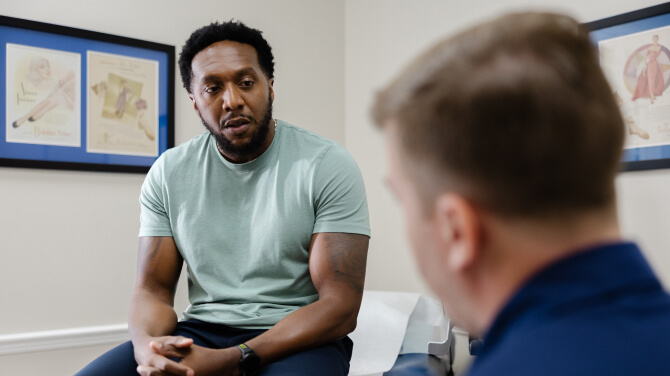Resource Center
All ContentBlogCase StudiesCustomer Success StoriesebooksWebinars
- Stacy Simpson
- October 30, 2025
- 4 min read
AI in healthcare: Trust will decide its future
New research reveals how patients and physicians feel about using AI in healthcare. Learn more. Read moreMore resources

- athenahealth
- November 19, 2025
- 4 min read
practice management
Why your practice’s EHR needs direct payer integrations
Cleaner claims and smoother prior authorizations are two of the benefits. Here’s what to look for.
Read more 
- athenahealth
- November 21, 2025
- 5 min read
population health
Population health management for your practice
Transform care with population health management and improve patient outcomes.
Read more 
- Marty Fenn
- November 20, 2025
- 5 min read
PI & meaningful use
Raising the bar on patient data privacy in athenaOne®
Your EHR system should protect data privacy. Learn about patient access and controls in athenaOne.®
Read more 
- Christine Davis
- November 20, 2025
- 4 min read
athenahealth products
AI and more innovation: New athenaOne® features
New, labor-saving capabilities in athenaOne feature AI and more. See what’s new.
Read more 
- athenahealth
- November 19, 2025
- 4 min read
practice management
Why your practice’s EHR needs direct payer integrations
Cleaner claims and smoother prior authorizations are two of the benefits. Here’s what to look for.
Read more 
- athenahealth
- November 21, 2025
- 5 min read
population health
Population health management for your practice
Transform care with population health management and improve patient outcomes.
Read more 
- Marty Fenn
- November 20, 2025
- 5 min read
PI & meaningful use
Raising the bar on patient data privacy in athenaOne®
Your EHR system should protect data privacy. Learn about patient access and controls in athenaOne.®
Read more 
- Christine Davis
- November 20, 2025
- 4 min read
athenahealth products
AI and more innovation: New athenaOne® features
New, labor-saving capabilities in athenaOne feature AI and more. See what’s new.
Read more 
- athenahealth
- November 19, 2025
- 4 min read
practice management
Why your practice’s EHR needs direct payer integrations
Cleaner claims and smoother prior authorizations are two of the benefits. Here’s what to look for.
Read more Empower your practice

AI powered patient engagement
Learn how AI tools can help improve patient loyalty and outcomes.





